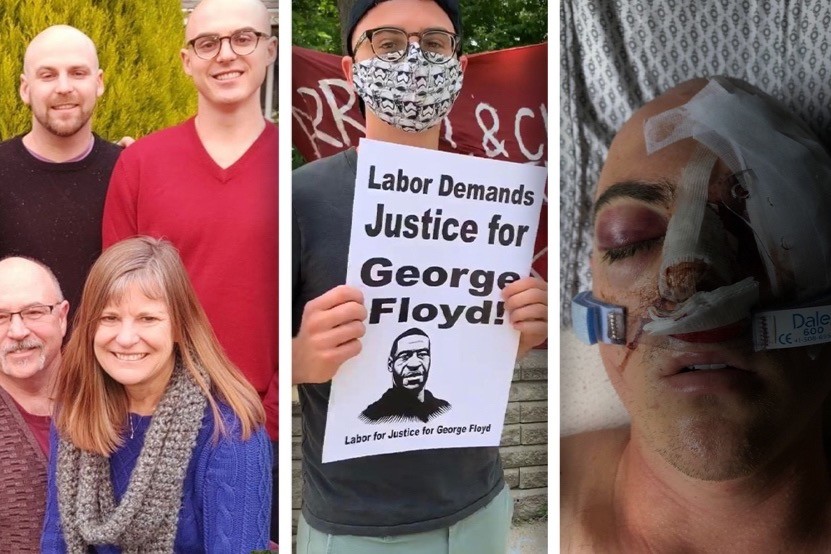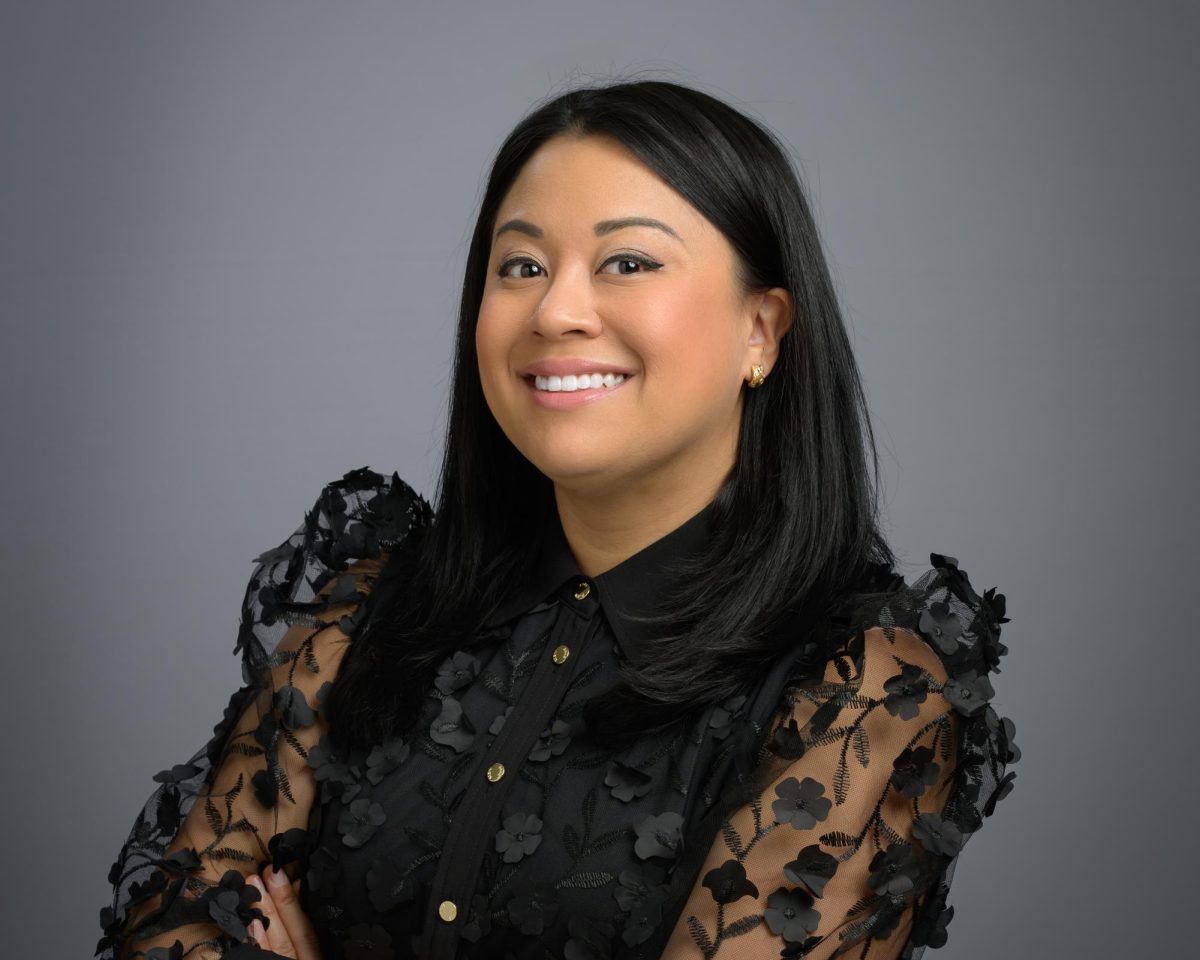Countless members of law enforcement have perpetrated violence against many University of Minnesota students and community members at protests following the killing of George Floyd, according to several reports.
Law enforcement repeatedly employed tear gas, pepper spray and rubber bullets to intimidate and disperse crowds of protesters over the last week throughout various Minneapolis neighborhoods, including Dinkytown.
Cooper Lajeunesse, a fourth-year University student, protested at the Minneapolis Police Department’s 5th Precinct in South Minneapolis on Tuesday. He said officers confronted the protesters and immediately began throwing “tear gas, smoke bombs and flash grenades” into the crowd.
“[The protest] was predominantly people sitting down, observing and silently resisting [the] police force. But in a matter of a minute and thirty seconds … heavily armed cops appeared out of nowhere directly in front of us,” Lajeunesse said.
While fleeing with other protestors, Lajeunesse said he witnessed officers spraying protesters in the face with pepper spray at close range.
On Sunday, Lajeunesse was arrested with other protesters who were cornered in Bobby & Steve’s Auto World store parking lot by law enforcement after peacefully protesting.
“The protest before the arrest was the most peaceful group of activists I have seen,” he said. “We sat in solidarity as hundreds of guards surrounded us with tear gas and flash bangs. They are trying to silence our voices.”
Demonstrators have aided each other during the unrest, helping others avoid chemical irritants and pouring milk on the faces of those who were hit.
University students have been among those joining efforts to treat protestor injuries — which they say have been primarily inflicted by law enforcement — by joining medical “tents” at several different locations.
Law enforcement scattered one such group of medics who were made up of students Friday night, according to several sources. Students said officers shot rubber bullets and tear gas canisters into the tent where they were treating the injured, despite the medics identifying themselves with hands raised.
“We had our hands up saying, ‘Don’t shoot, we are medical personnel. We have medical supplies.’ They shot at us anyway,” said Arianna Deyoung, a University developmental psychology major who lent first-aid services on multiple days. “Anyone who’s out there saying that this isn’t that bad, the police are overreacting, that we’re overreacting — [those people] are wrong. They shot at medical personnel, and that’s insane. That’s unforgivable.”
Law enforcement wounded several medics and those being treated with rubber bullet injuries and tear gas exposure. Those present were forced to flee, some to the nearby houses of strangers to await the end of curfew.
Another University student protester, who requested to remain anonymous due to fear of employment retaliation, tried to give traffic cones to protestors at one location in order to help trap and extinguish tear gas canisters.
While handing out cones, she said she was surprised by an officer on a horse who approached her and directed their pepper spray toward her face. Though she had on protective gear, she tried to make herself small and blocked her face with her hands. She managed to escape without getting sprayed, returning to the crowd when the officer hesitated.
“I didn’t need another excuse,” she said. “I got back and ran behind. People came up to me immediately with milk.”
Recent Humphrey School alumni and friends Soren Stevenson and Elmohanad Elsayad attended a peaceful protest by I-35W on University Avenue, where law enforcement confronted crowds with tear gas and rubber bullets before curfew without warning.
In an emailed response to the Minnesota Daily, Elsayad said officers shot Stevenson in the eye with a rubber bullet Sunday. According to Elsayad, Stevenson is expected to lose his eye, despite multiple surgeries.
“Soren chose to stand in the front line to protect the rest of the peaceful protestors, and he took a bullet in his eye for all protestors and for the movement of [Black Lives Matter,]” Elsayad said in the email.
By sharing these experiences of law enforcement violence against peaceful protesting, students said they hoped to also highlight volunteers providing support and resources behind the scenes of peaceful protesting.
Another University student, who requested to remain anonymous due to safety concerns, said she saw volunteers passing out necessities like hand sanitizer and food and that they held a prayer at the protest in front the Minnesota State Capitol.
“I have not felt this type of community in years,” she said.








